Bank of Credit and Commerce International (BCCI) started operations in Nairobi, Kenya in April 1977 with the possibility of also establishing branches in two of the main rural towns.
Before allowing BCCI in Kenya, the country’s Minister of Finance already had a good understanding of BCC and a high respect for the Group and its activities in Africa and other countries of the Third World.
Country information
Kenya (the Republic of Kenya) lies on the East Africa coast, bordered by the Indian Ocean and Somalia to the east, Ethiopia and South Sudan to the north, and Uganda and Tanzania, west and south respectively.
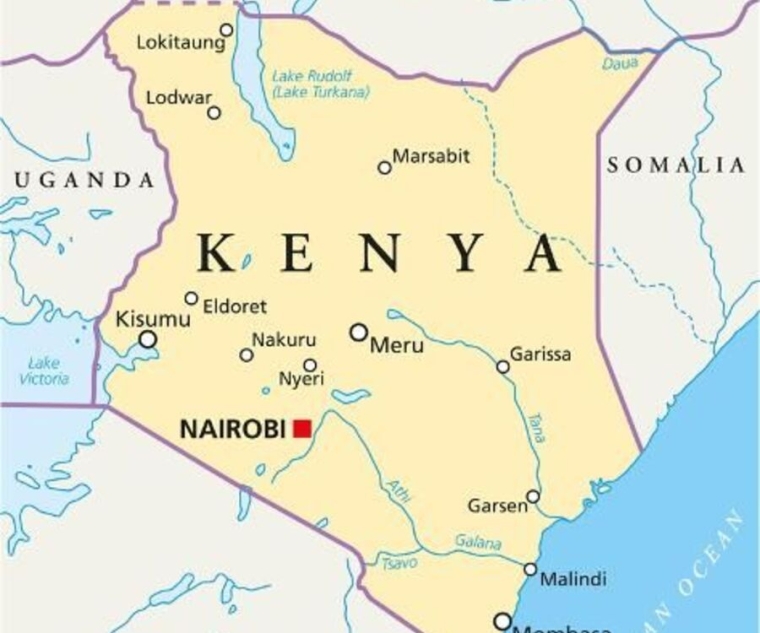
While the eastern half of the country slopes to coral-fringed beaches, the western side rises sharply to the hills and plateaus of the Rift Valley. West of the Rift, a plateau drops down to Lake Victoria.

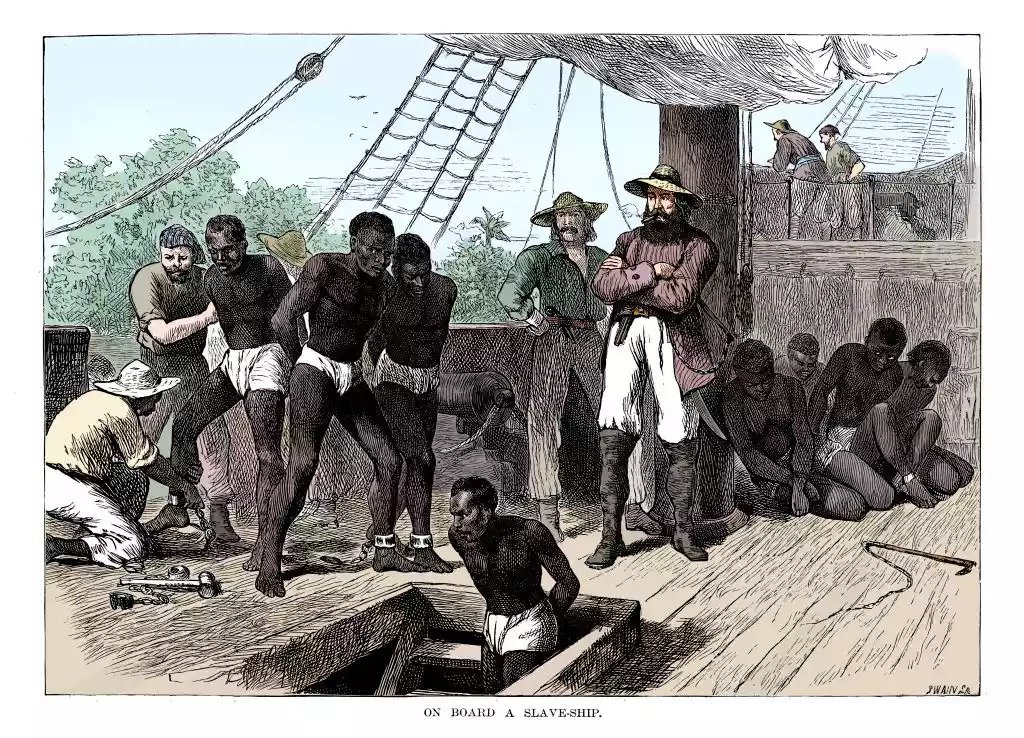
History
Slavery has been a big part of Kenya's history. During the 1600s and 1700s, many Kenyans and other East Africans were kidnapped and taken as slaves by Arabs, Europeans, and Americans to countries throughout the world.
The British East Africa Company was founded in London in 1888 to develop African trade in the areas controlled by the British Empire. Following severe financial difficulties of the company, the British government on 1 July 1895 established direct rule.
In the 1920s, natives objected to the reservation of the highlands for white Europeans, especially British war veterans. Bitterness grew between the natives and the Europeans.
Issues like the expulsion from settler farms, loss of land to white settlers, poverty, and lack of true political representation for Africans led to a revolt in 1952 known as the Mau Mau uprising that ended in 1960.
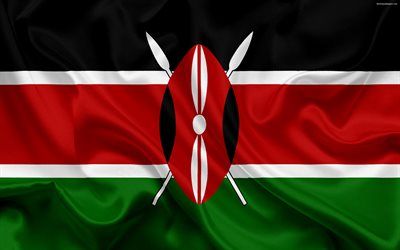 The United Kingdom ceded sovereignty over the Colony of Kenya and the colony finally came to an end in 1963 when the local Kenyan majority government was elected for the first time and eventually declared independence as the Republic of Kenya.
The United Kingdom ceded sovereignty over the Colony of Kenya and the colony finally came to an end in 1963 when the local Kenyan majority government was elected for the first time and eventually declared independence as the Republic of Kenya.
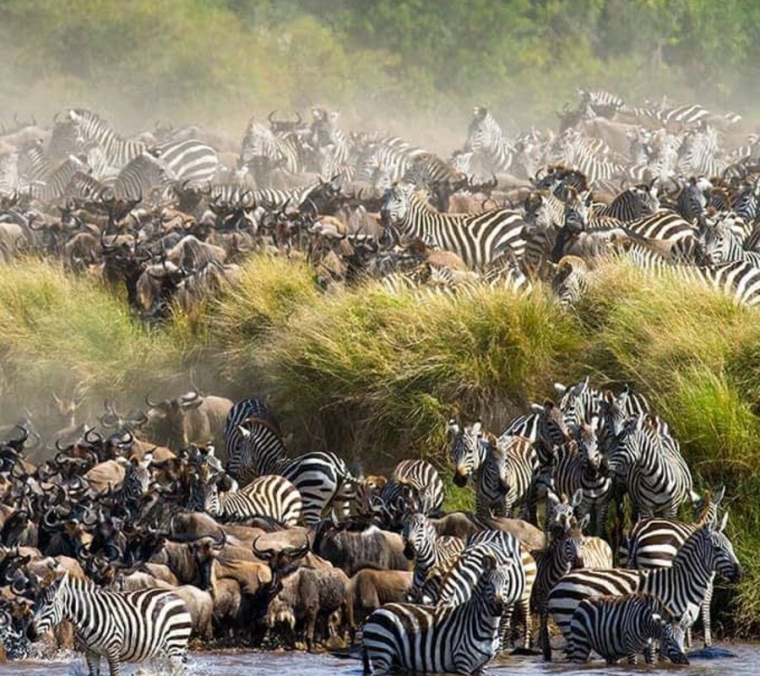
Kenya is also home to wildlife like lions, elephants and rhinos. From Nairobi, the capital, safaris visit the Maasai Mara Reserve, known for its annual wildebeest migrations, and Amboseli National Park, offering views of Tanzania's 5,895m Mt. Kilimanjaro.

Mount Kilimanjaro, the tallest mountain in Africa and highest free-stanbding moutain in the world, is located in Northeastern Tanzania, near the Kenya border. One of the best views is from Amboseli national park in Kenya.
Amboseli national park is home to a large concentration of wildlife, includinbg African elephants, African buffalo, impalas, lion, zebra and wildebeest.
Population and language
Kenya's location between the Indian Ocean and Lake Victoria attracted people from all over Africa and the Middle and traded across it for centu-ries. This created a diverse culture with many ethnic groups and languages.
The population of Kenya in 1977 was 14.58 million.
There are two official languages in Kenya: English and Swahili (Kiswahili).
Economy
At independence in 1963, the new Kenyan government inherited a trade and industrial policy from the colonial rulers that was largely aimed at import substitution. Manufacturing in Kenya dated from the early twentieth century, but had not developed much beyond processed agricultural goods. Following independence, the government pursued a policy of attracting foreign investors to produce for the domestic and regional market.
Between 1964 and 1969, manufacturing value added increased by 44 percent in real terms (World Bank, 2007); leading sectors included textiles and apparel, food, beverages, and tobacco.
Agriculture continued to be dominant, the main crops were coffee, sisal, tea, pyrethrum, cotton, livestock.
The main industries produced consumer goods, textiles, food and agricultural processing, oil refining, cement.
Main exports & share of total; coffee, oil products, tea, fruit and vegetables.
Main imports: machinery, transport equipment, oil, paper and paper products, metal products, textiles.
Main trading partners were:
Exports - Federal Germany, UK, Uganda.
Imports - UK, Federal Germany, Japan.
BCCI in Kenya
BCC had seven branches in important cities and rural towns in Kenya, along with one office of BCCI Finance (Kenya) Limited in the capital, Nairobi.
The primarily activities of BCC branches in Kenya were retail banking, short-term trade (export/import) finance particularly in the field of agriculture, inventory financing, and travellers cheques.
Kenya's main exports of tea, coffee and pyrethrum played a very important role for BCCI growth in Kenya and for their customers. BCC was at one time responsible for handing around 12 per cent of all the coffee exported by the Kenya Coffee Board.
BCCI transformed the manual operations of branches in Kenya, as was done globally, to a very modern computerised system (NCR 250) giving BCC the capacity to handle business efficiently and accurately.
Nairobi
BCCI Nairobi main branch, the first in Kenya was opened in April 1977, followed by a second branch in Tom Mboya Street.
Main branch was located at:
PO Box 44080
Koinage Street
Nairobi
Telephone: 333826
Telex: 22493 BCCNBI

Tom Mboya Street branch was located at:
Summit House
Moi Avenue
PO Box 56084
Nairobi
Telephone: (2545) 27 340, 33 3336
Fax: (2545) 726 415
Telex: 25426 BCC TMNBI
BCCI Finance (Kenya) Limited in Nairobi was located at:
Summit House
Moi Avenue
PO Box 44080
Nairobi
Telephone: (2542) 28 461/2
Fax: (2542) 726 415
Telex: 22493 BCCI NBI / 25109 BCCI NBI
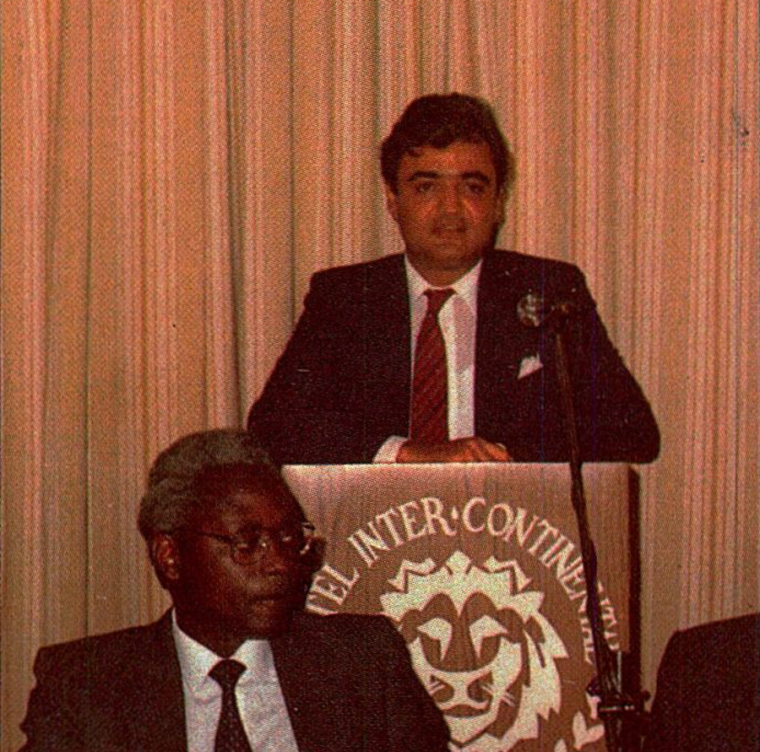
Mombasa
BCCI Mombasa main branch was opened in December 1977, followed by a second branch on Jomo Kenyetta Avenue.
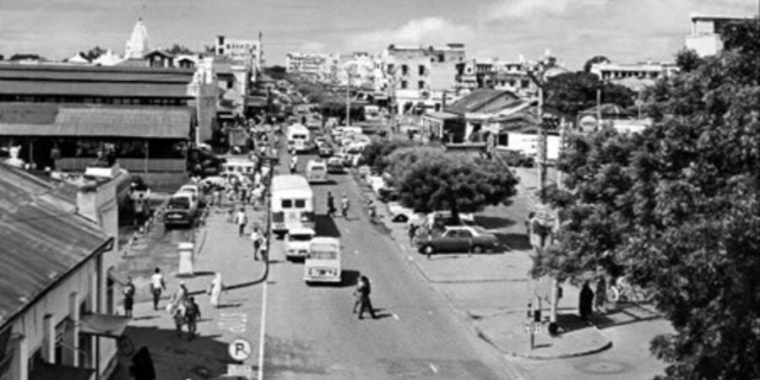
Mombasa main branch was located at:
Ambalal House
P.O. Box 85349
Mombasa
Telephone: (25411) 25 852, 25 884, 25 875, 25 721
Telex: 21156 BCC MSA
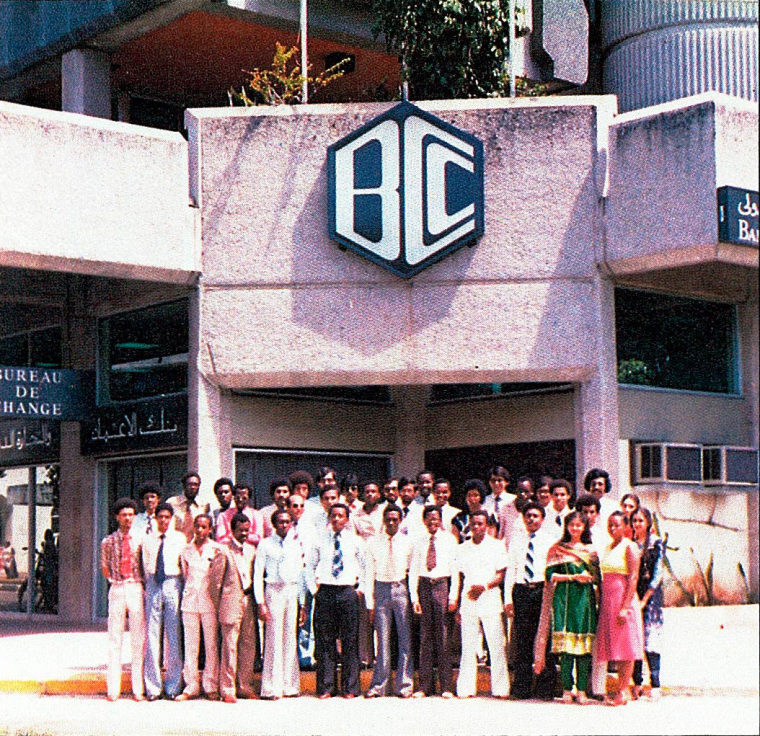
Kenyatta Avenue branch was located at:
Jomo Kenyatta Avenue
PO Box 90342
Mombasa
Telephone: (25411) 493 221/2/3
Telex: 21346 BCC JKM

Kisumu
BCCI opened its branch in Kisumu on 26 April 1982, followed by a branch in Nakuru in the end of the same year.
Kisumu is a city in Western Kenya on the shores of Lake Victoria. It is the third-largest city in Kenya after the capital, Nairobi, and Mombasa.
Kisumu branch was located at:
Wedco Centre
PO Box 1554
Kisumu
Telephone: (25435) 42 558, 42 521
Telex: 31080 BCCI KE

Kisumu was one of the fastest growing cities in Kenya. It had rich sugar and rice irrigation industries, whose contribution to the country’s economy was immense due to its natural re-sources and as the epicentre for business in East Africa.
The Kisumu port handled international business and trade, as well as the shipments of goods destined for Uganda, Tanzania, Burundi, Rwanda and Democratic Republic of Congo.
BCCI was the first foreign bank to open branches in Kisumu and Nakuru. The main purpose of these branches was to service the agricultural sector and substantial advances was by BCCI in this sector. The branches were also involved in financing viable agricultural projects and contributed towards the economic development of Kenya.
Nakuru
BCCI branch in Nakuru was opened in the end of 1982, after the opening of Kisumu branch in April 1982.
The branch of BCCI in Nakuru was officially opened by the Kenyan Minister of Finance, Mr A. K. Magugu. In his address the Minister highlighted the special role that Nakuru had always played in his country's economy.
The Minister went on to say: 'This action is based on BCC's confidence in the future of this country. I am extremely encouraged by their commitment in implementing the government's policy of taking banking services outside of the main urban centres of Nairobi and Mombasa. This policy is based on the fact that 80 per cent of the population live in rural areas. It is logical that banking services should be taken to where the people are, instead of people going to look for them in Nairobi.”
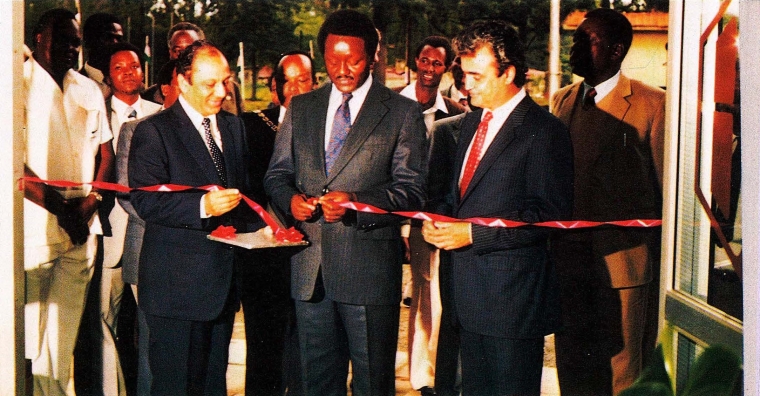
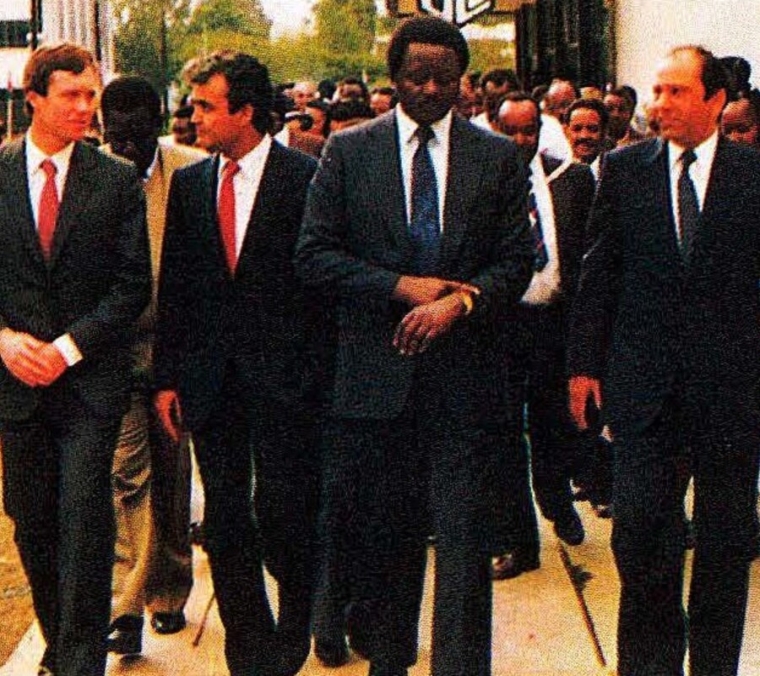
Nakuru branch was located at:
PO Box 1955
Nakuru
Telephone: (25437) 41 187, 42 216
Telex: 33025 BCCNKU

Nakuru was an important commercial and agricultural centre of the Rift Valley Province. Its economy depended largely on agriculture, tourism and manufacturing. Nakuru
Like, Kisumu, BCCI was the first foreign bank to also open a branch in Nakuru. The main purpose of these branches is to service the agricultural sector.
Eldoret
BCCI opened its fifth branch in Kenya in 1984, at Eldoret, northwest of Nairobi.
Eldoret branch was located at:
Kenyatta Street
PO Box 3631
Eldoret
Telephone: (254321) 32 871, 32 872
Telex: 35017 BCC ELD
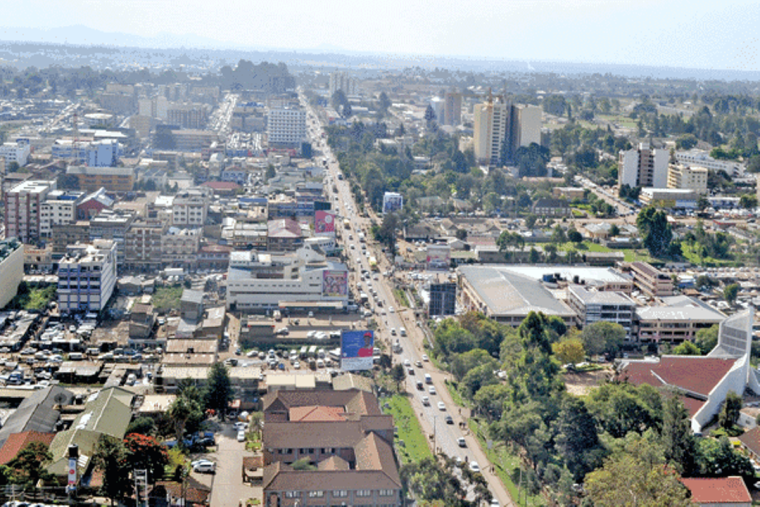
Eldoret was a thriving service town straddling the Kenya-Uganda highway. It was the principal economic hub of western Kenya.
The town was also a local manufacturing hub with a number of nationally recognised manufacturing concerns, and a vibrant textile industry.
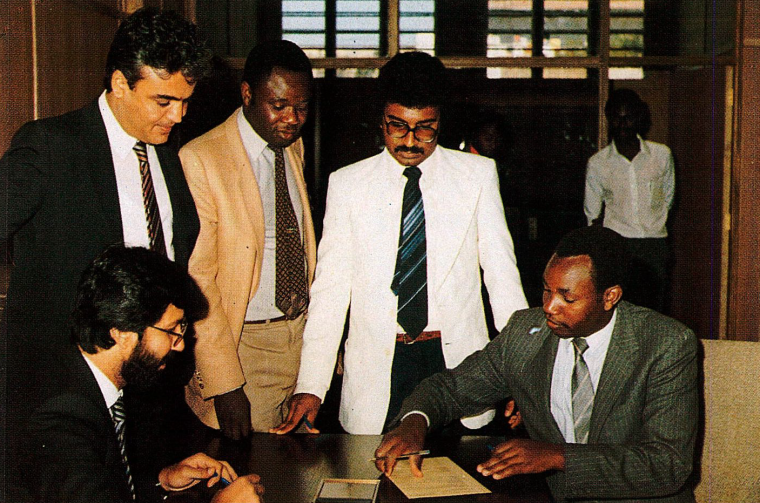
BCCI closure
On 5 July 1991 the Bank of England and other regulators in the west decided to freeze BCCI Group's assets and abruptly shut down BCCI's operations worldwide.
The priority of the governments and central banks in some countries was to protect their people and the local operations of BCCI continued in a different name after the assets and liabilities were acquired by private investors or another bank.
In August 1991, the branches of Bank of Credit and Commerce International (BCCI) and BCCI Finance (Kenya) Limited were sold to Delphis Bank, owned by a Kenyan businessman. The sale was reportedly born out of a scheme agreed with the government of Kenya to take over all the Kenyan assets and liabilities of BCCI. Delphis Bank also purchased BCCI in Mauritius.
The BCCI Group majority shareholders considered the abrupt action by western central banks to shut down BCCI in 1991 was unjustified when they already had detailed discussions with the Bank of England and other regulators on a restructuring plan and would have injected further capital, if required.
In a 24-page report not made public but sent to some 60 central bankers worldwide, the United Nations Center on Transnational Corporations said that by simply shutting down the 70-nation banking network that financed international trade of $18 billion a year, the economic damage fell hardest on countries like Nigeria, Bangladesh and Zambia, where B.C.C.I. was an important institution. (New York Times, Feb 5, 1992)
